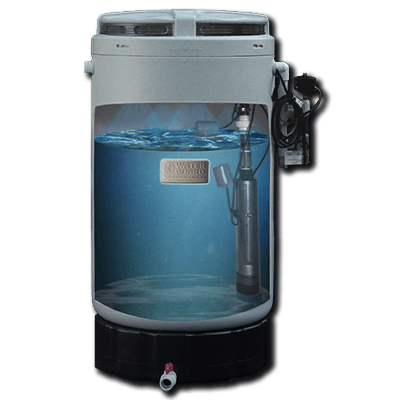What type of system is this and can anyone name the parts to it?
Also, why would there be two guages on this system and not 1? As far as the top gauge one day I was looking at it when it was making noise (guess turning on) and it was at like 62 and then around 10 minutes later at 57, but ive seen it as long as 46. As far as bottom one, Ive only looked at it once and it was 52.
Lastly, can anyone tell me why there is a water bib/spigot on 1 of the pipes and what that is all about?
Thanks

Also, why would there be two guages on this system and not 1? As far as the top gauge one day I was looking at it when it was making noise (guess turning on) and it was at like 62 and then around 10 minutes later at 57, but ive seen it as long as 46. As far as bottom one, Ive only looked at it once and it was 52.
Lastly, can anyone tell me why there is a water bib/spigot on 1 of the pipes and what that is all about?
Thanks

